As free agency approached, the idea that the Dallas Cowboys would make a splash in the free agency pool grew to a boiling point. Most notably, Earl Thomas felt like a virtual lock in free agency as he and the Cowboys flirted with each other several times over the last year. The Dallas Cowboys called off the pursuit when they opted not to meet his contract demands. Even after Earl Thomas landed his deal with the Baltimore Ravens, names like Eric Berry and Clayton Geathers came through The Star only to leave without deals. Cowboys Nation seemed destined for another offseason of one year deals offered to second and third tier free agents.
And then the Robert Quinn reports began.
When the news first broke of a potential union between the Miami Dolphins edge rusher and the Dallas Cowboys, the compensation focused on a 2020 fourth round pick. Even at that price, Quinn was going to be a nice addition for the Cowboys. At the price they paid yesterday, Robert Quinn is a steal.
Over the past several years, we’ve seen teams make trades for players on expiring contracts for late round picks and wondered, “how come the Cowboys weren’t in on that?”
One trade that comes to mind is the deal the Jacksonville Jaguars made for Marcell Dareus in October of 2017.
At a time when the Dallas Cowboys could have used some run defense in the middle of their line, the Jaguars sent a conditional sixth round pick in 2018 for the Bills former first round pick. It was really nice value for a player who was a legit run stuffer.
Now the Cowboys have finally made a move of their own by trading for the disruptive Robert Quinn.
He’ll immediately slot in as the starter at right defensive end and brings legit pass rushing destruction to the Dallas Cowboys. Finally they have a pair of defensive ends that have the potential to wreak havoc on opposing offenses.
| Games | Def Interceptions | Fumbles | Tackles | |||||||||||||||||||||
|---|---|---|---|---|---|---|---|---|---|---|---|---|---|---|---|---|---|---|---|---|---|---|---|---|
| Year | Age | Tm | Pos | No. | G | GS | Int | Yds | TD | Lng | PD | FF | Fmb | FR | Yds | TD | Sk | Comb | Solo | Ast | TFL | QBHits | Sfty | AV |
| 2011 | 21 | STL | de | 94 | 15 | 1 | 0 | 0 | 0 | 0 | 2 | 1 | 0 | 0 | 0 | 0 | 5.0 | 23 | 20 | 3 | 5 | 12 | 2 | |
| 2012 | 22 | STL | DE | 94 | 16 | 14 | 0 | 0 | 0 | 0 | 2 | 1 | 0 | 0 | 0 | 0 | 10.5 | 29 | 24 | 5 | 11 | 17 | 7 | |
| 2013*+ | 23 | STL | DE | 94 | 16 | 16 | 0 | 0 | 0 | 0 | 1 | 7 | 0 | 2 | 33 | 1 | 19.0 | 57 | 50 | 7 | 23 | 34 | 16 | |
| 2014* | 24 | STL | DE | 94 | 16 | 16 | 0 | 0 | 0 | 0 | 6 | 5 | 0 | 0 | 0 | 0 | 10.5 | 46 | 39 | 7 | 13 | 20 | 12 | |
| 2015 | 25 | STL | de | 94 | 8 | 7 | 0 | 0 | 0 | 0 | 3 | 3 | 0 | 0 | 0 | 0 | 5.0 | 21 | 13 | 8 | 5 | 7 | 4 | |
| 2016 | 26 | LAR | DE | 94 | 9 | 8 | 0 | 0 | 0 | 0 | 2 | 2 | 0 | 0 | 0 | 0 | 4.0 | 10 | 8 | 2 | 2 | 6 | 4 | |
| 2017 | 27 | LAR | LB | 94 | 15 | 14 | 0 | 0 | 0 | 0 | 1 | 2 | 0 | 0 | 0 | 0 | 8.5 | 32 | 21 | 11 | 9 | 12 | 6 | |
| 2018 | 28 | MIA | DE | 94 | 16 | 16 | 2 | 0 | 0 | 0 | 0 | 6.5 | 38 | 25 | 13 | 9 | 15 | 7 | ||||||
| Career | 111 | 92 | 0 | 0 | 0 | 0 | 17 | 23 | 0 | 2 | 33 | 1 | 69.0 | 256 | 200 | 56 | 77 | 123 | 58 | |||||
| 7 yrs | STL-LAR | 95 | 76 | 0 | 0 | 0 | 0 | 17 | 21 | 0 | 2 | 33 | 1 | 62.5 | 218 | 175 | 43 | 68 | 108 | 51 | ||||
| 1 yr | MIA | 16 | 16 | 2 | 0 | 0 | 0 | 0 | 6.5 | 38 | 25 | 13 | 9 | 15 | 7 | |||||||||
According to Clarence Hill, Quinn comes to Dallas on a reworked contract that will decrease his base salary to $8 million, but allow him to earn up to $10 million in incentives.
Quinn has a chance to make $10 million wth seven sacks if you include the Cowboys salary and $1 million roster bonus already given to him by the Dolphins. https://t.co/Ht6fyoc29R
— Clarence Hill Jr (@clarencehilljr) March 28, 2019
Over the course of his eight seasons in the NFL, Quinn’s averaged 8.6 sacks per season and 13.9 games played per year. If you were to prorate his sack total over a 16 game season, he’d average right around 10 sacks a season for his eight seasons. For reference, DeMarcus Lawrence averages 6.8 sacks a season for his career and eight sacks per 16 games.
That’s the kind of player that the Dallas Cowboys are getting in Robert Quinn. Disruptive.
According to Pro Football Focus, which tracks total pressures as sacks, hurries, pressures, and QB hits, Robert Quinn finished with 39 in 2018, which was good for 38th in the NFL among edge players (3-4 OLB’s and 4-3 DE’s). Sure, 38th doesn’t sound very good, but consider that he was only three total pressures behind Chandler Jones. Chandler Jones is widely considered one of the best 4-3 defensive ends in the NFL. Only DeMarcus Lawrence had more pressures for the Dallas Cowboys than Quinn did, and he had a lot more; 63. Randy Gregory came in just behind Quinn with 37 in 14 games, but with his status uncertain to start the season, the Cowboys needed to bring in Quinn.
In Pro Football Focus’ “stops” category, which is defined as a play that results in a “loss” for the defense, Quinn finished 33rd with 23. Aside from DeMarcus Lawrence who had 44 stops, tied for 4th in the NFL, no defensive end for the Cowboys had more than 12 stops.
Now Robert Quinn comes to Dallas where he won’t be the focal point of opposing offense’s game plans. With teams having to focus their attention on DeMarcus Lawrence, Quinn will get to see more 1-on-1’s in pass rushing situations. In the run game, opposing offensive coordinators will be so concerned with getting to the second level to limit the damage by Jaylon Smith, Leighton Vander Esch, and Sean Lee, that Quinn will be disruptive on that front as well.
Of any move the Dallas Cowboys have made in the last couple of years, this one might be the best. Yes, drafting Leighton Vander Esch was huge and trading for Amari Cooper might have saved the season, but bringing in Robert Quinn might have taken the Dallas Cowboys from playoff participants to legitimate Super Bowl contenders.
There’s a lot that could change between now and week one of the NFL season, but with the Robert Quinn addition, there’s no reason to believe that the Dallas Cowboys won’t be pushing to represent the NFC in the Super Bowl.



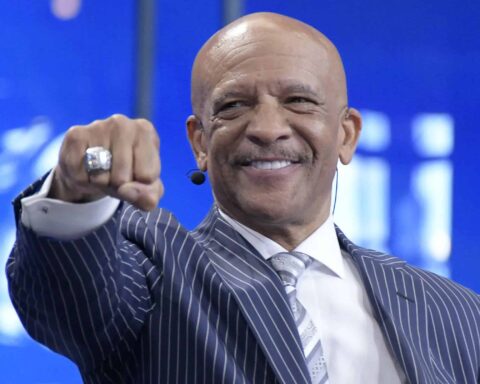
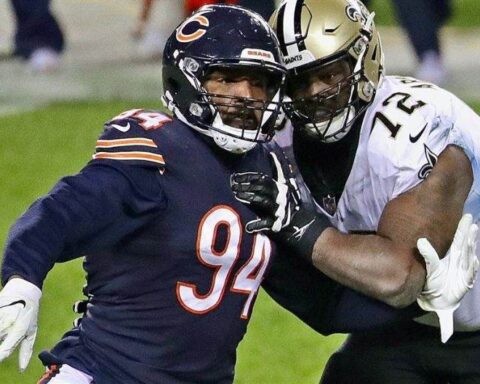
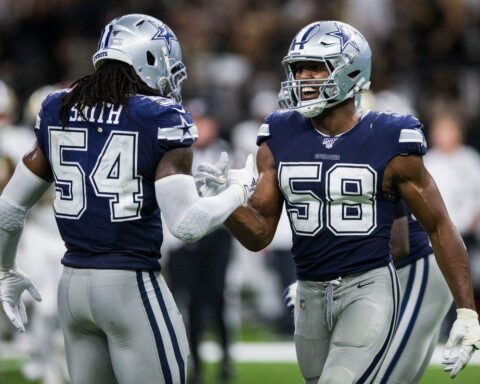
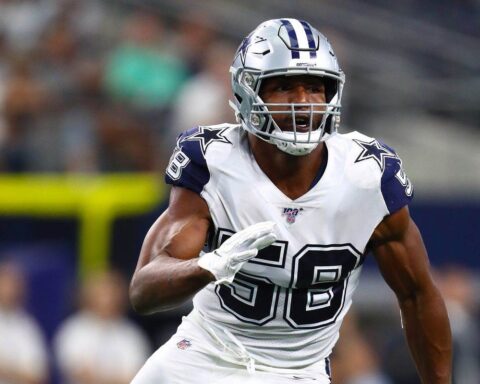
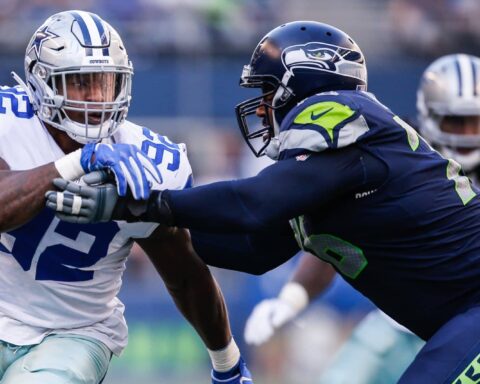
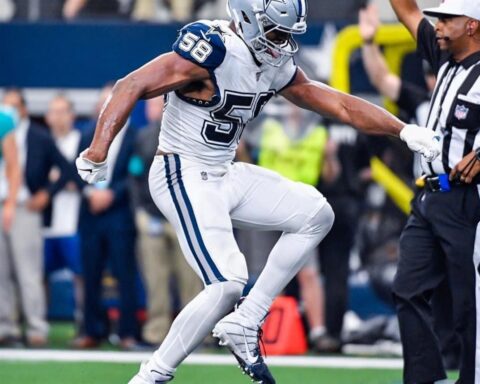
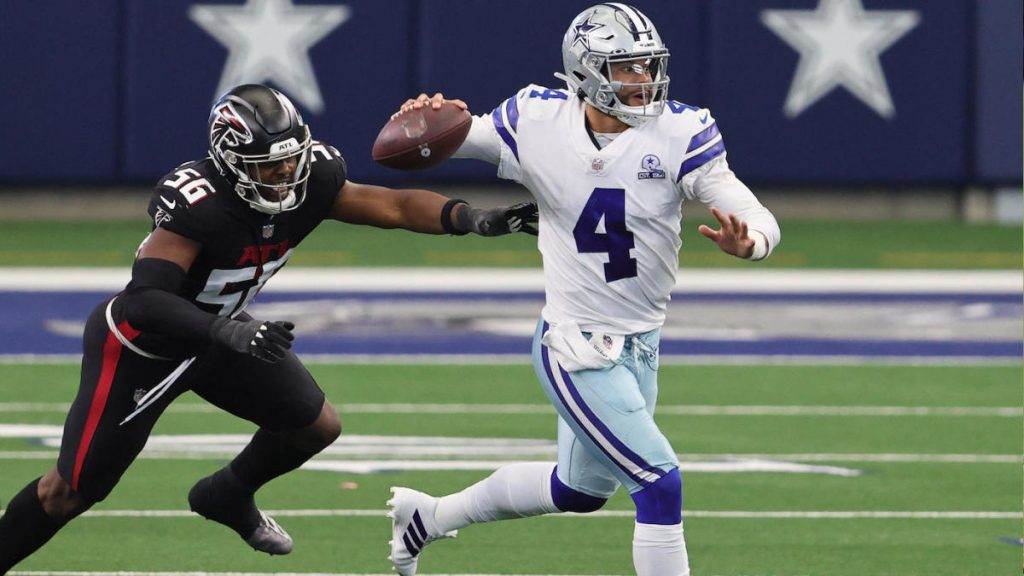
This is potentially one of the best moves defensively by the Cowboys in quite a while. If Tank would agree to a contract then our defense should be much improved. Looking at this roster, even before the draft, we should be fielding a very good team. If we get lucky in the draft, like getting a ball hawking S, a good DT and a good RB (who’s good enough to replace Zeke if need be) then we should definitely go deep in the playoffs. My biggest concern is now backup QB. The 2 guys behind Dak have done nothing to impress me so far but of course I haven’t seen White play in a regular season game yet.